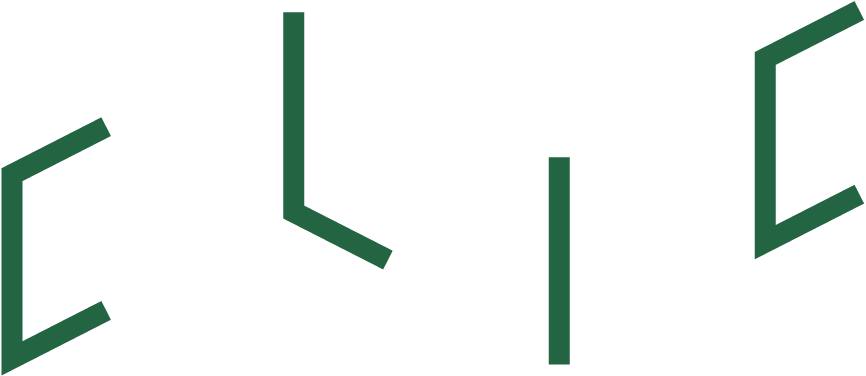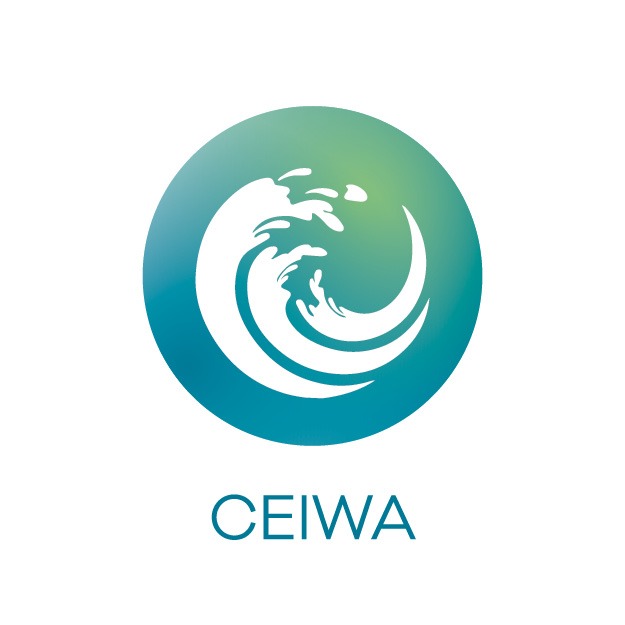The UN Water Conference held in March made it very clear: The global demand for fresh water will exceed supply by 40 percent by 2030, if nothing changes. There are, however, ways to stop the trend, and one of the solutions lies in the management of industrial water systems.
In modern factories water already circulates in production processes before being directed to a wastewater treatment facility and finally to natural waters.
“Regulation on water pollution is tightening. It won’t be enough to meet the limits on pollutants on most days, if there is still a chance for an occasional overflow of wastewater. Factories are interested in taking more and more precaution, and they need ways to do it,” says Matti Vilkko, professor of control engineering at Tampere University.
Vilkko is the scientific director of the two-year project Circular Economy of Water in Industrial Processes (CEIWA) ending in September 2023. The project is coordinated by CLIC Innovation and funded by Business Finland with a budget of 6.3 M€. The CEIWA project aims to advance safe, sustainable and resource efficient water treatment with 14 partners from industry and academia.
Shared goals – shared information
Industrial wastewater treatment facilities are typically large and long-term investments which benefit from regulation that is predictable and takes account of relevant and feasible advances in technology.
“To further predictable regulation as well as relevant innovation, we need close cooperation between engineers and lawyers. This has been one of the focuses in the CEIWA project, and I can already see that the cooperation is bringing about new points of view on both sides,” Vilkko says.
Vilkko points out that close cooperation is also needed within the industry in order to optimize wastewater treatment.
“Process owners at factories as well as equipment and chemical suppliers all need to have a thorough understanding of water systems in industrial processes. A shared research project offers a good way to increase this understanding and facilitate data sharing in the future.”
Saving costs and increasing sustainability
Besides changes in regulation, another challenge in wastewater treatment is the fact that the production process in the factory may vary – hourly, daily or yearly – and consequently the contents and flows of water change.
“If operators received advance information on the incoming wastewater, they could optimize the treatment process accordingly. No chemicals would be wasted, and no waste would be left untreated. This would lead to savings and increased sustainability.”
According to Vilkko, there are still few reliable ways to analyse wastewater while the process is running, but several other process parameters are constantly measured. He and his team in the CEIWA project decided to compare available measurement data to the treatment results and created a mathematical model to predict the results and help optimize the treatment.
Vilkko wishes to continue further upstream to gather more data not only from wastewater but also from the production process. Other CEIWA teams, instead, have concentrated on the wastewater treatment itself.
One team developed new optical, or better, photonic methods to identify and remove microplastics from the sludge. Others have focused on anaerobic biological sludge treatment methods and the reuse of membranes which are used in filtration. Results will be available by the end of 2023.


